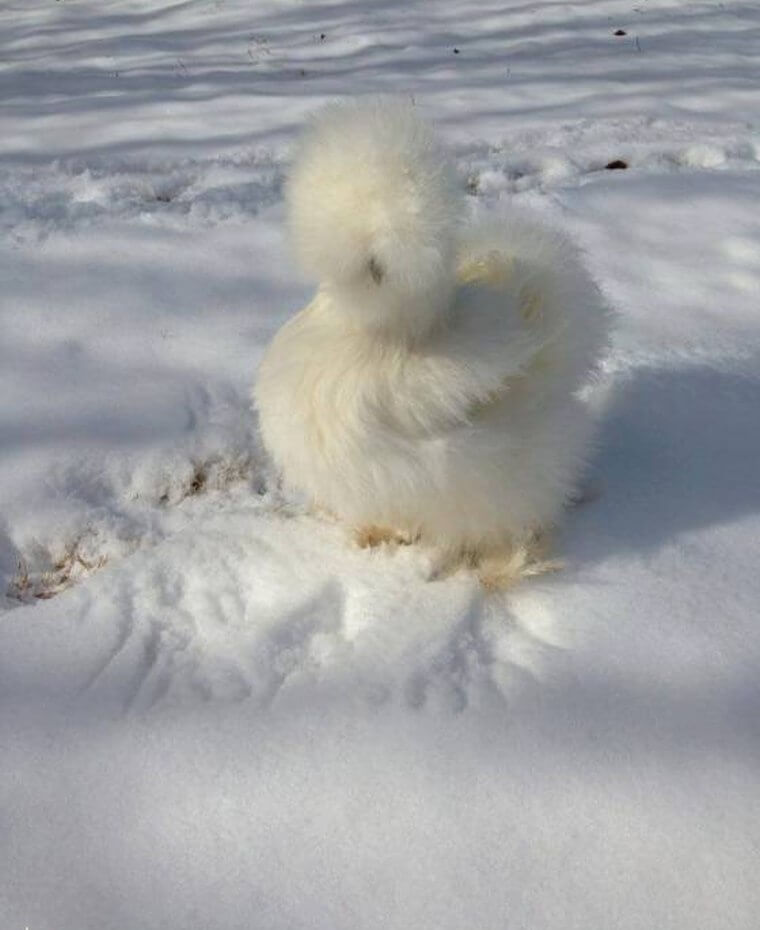
There’s a saying popular with the poultry industry crowd: “We recycle everything but the cluck!”
Depending on your view of recycling that could be considered a good thing, but I have a feeling the poultry industry missed the memo that said, “Although recycling has a lot of benefits to humans, animals and the planet — the product you create from waste must be safe and healthy, benefit humanity, the animal kingdom and be earth friendly!”
Most of us know that recycling is the process of turning trash into treasure, but somewhere along the path the poultry industry’s understanding of the economic benefits of recycling, took a wrong turn.
Unfortunately for farm animals, that path leads straight to what animal feed is made of.
The poultry industry produces large amounts of hatchery waste which comprises empty shells, infertile eggs, dead embryos, late hatchings and dead chickens and a viscous liquid from eggs and decaying tissue.
Traditional disposal methods for solid hatchery waste include land fill, composting, rendering, and incineration.
In case you missed it: some of the hatchery waste is rendered.
An industry source describes how hatchery waste is developed into high protein feedstuffs, and other other value added products:
“In the USA, one disposal option is to transport the hatchery waste to a facility that separates the liquids from the solids by using a centrifuge. The liquid is refrigerated and transported to a pet food manufacturing plant. The solids are sent to land fill.
The rendering process simultaneously dries the material and separates the fat from the protein and yields fat and a protein meal (e.g., hatchery waste by-product meal) similar to meat and bone meal or fertiliser. The decision to render hatchery waste depends on whether it is cheaper to transport the waste to a rendering facility or to send to landfill. A major issue when using by-products such as hatchery waste meal in diets is whether they are pathogen free.”
On the flip side, all those that have never experienced what it is like to hold a cuddly chicken before might want to check out International Respect for Chickens Day! Hey, don’t laugh. I had a very dear friend, of the chicken variety, and his name was Henry. He was a sweet lovable Bantee rooster that loved cuddles, chin skritches, rolly-polly bugs and worms that I rescued one winter. I’ve never looked at chickens the same way ever since. Needless to say, that was the very end of my egg and poultry eating days.

